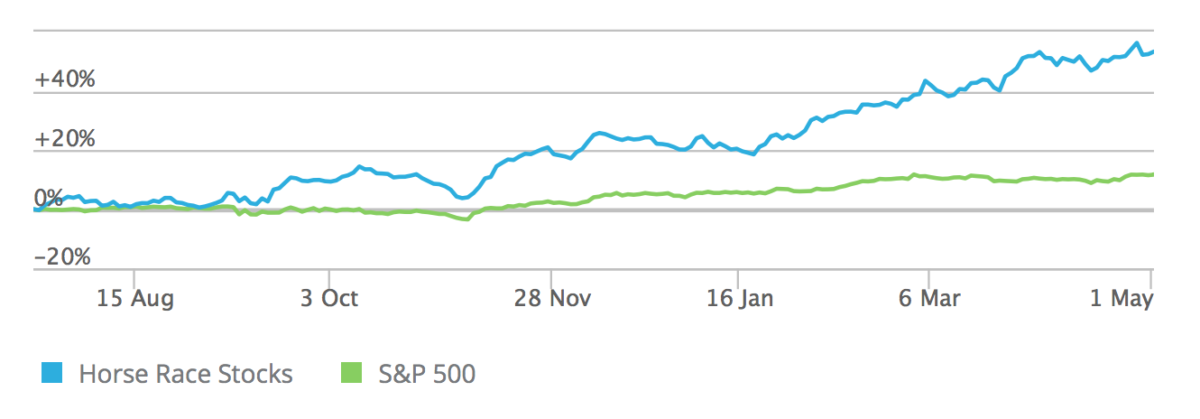The following business and finance Kindle books are currently on sale at Amazon (AMZN). If you are interested in any of these books, you should order them as soon as possible, because often these sales only last for just a couple days.
The Complete Cardinal Guide to Planning for and Living in Retirement
by Hans Scheil
This comprehensive guide makes it easier to navigate through the major options, providing straightforward and effective strategies to help with your plans.
Regular price: $1.99 Sale price: $0.99
http://amzn.to/2v5n7Qn
Leadership Lessons
by Will Peters
How Warren Buffett, Walt Disney, and Steve Jobs managed to make an impact on the world. Discover the essential principles of leadership that propelled the legendary careers of six business titans.
Regular price: $9.99 Sale price: $1.99
http://amzn.to/2vqg9qi
Blindspot
By Mahzarin R. Banaji and Anthony G. Greenwald
How hidden biases shape our behavior — and how we can control them to become better people in the workplace.
Regular price: $6.99 Sale price: $1.99
http://amzn.to/2v5Wta0
The Sweet Spot
by Christine Carter
Banish stress by finding the perfect balance of productivity! From daily habits to positive psychology, this book “illuminates the simple and sustainable path toward a precious and happy balance” (Deepak Chopra).
Regular price: $11.99 Sale price: $1.99
http://amzn.to/2vBpQCX
QBQ!: The Question Behind the Question
by John G. Miller
Over 2,000 five-star ratings on Goodreads: Discover how practicing personal accountability can give you an edge in the workplace. This guide will teach you how to attain professional growth by asking yourself the right questions.
Regular price: $14.99 Sale price: $1.99
http://amzn.to/2v5LJsm









